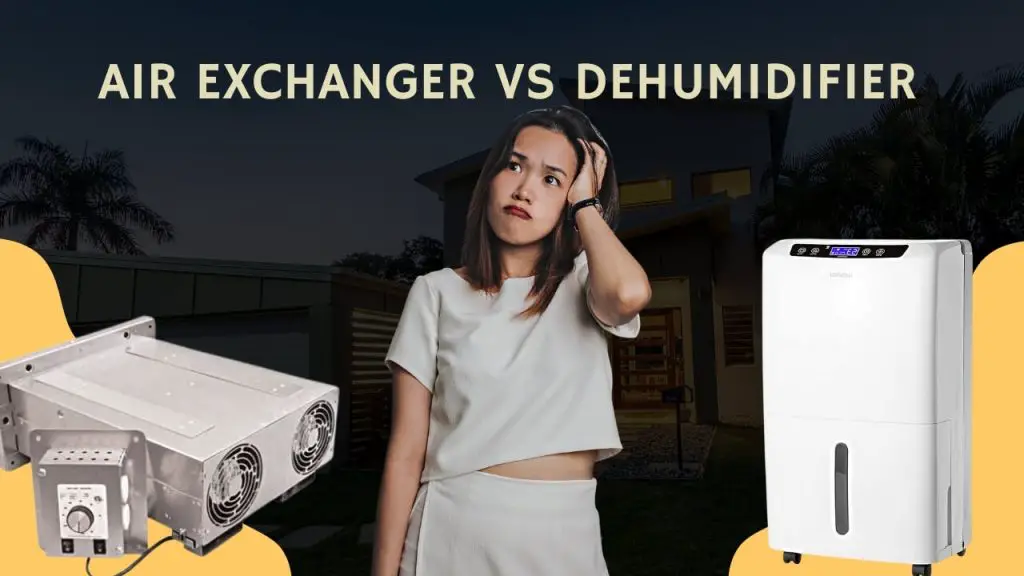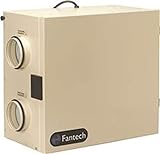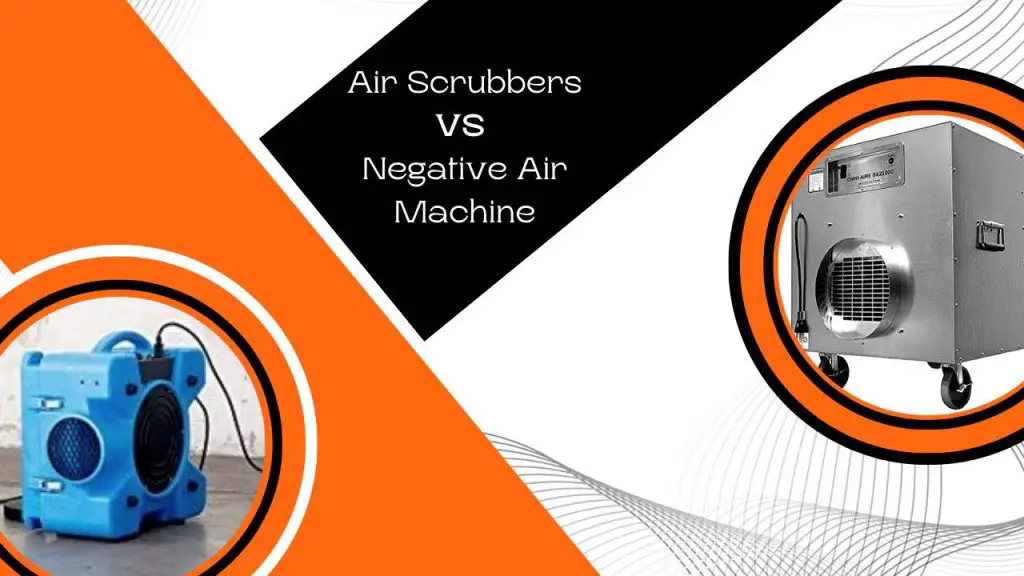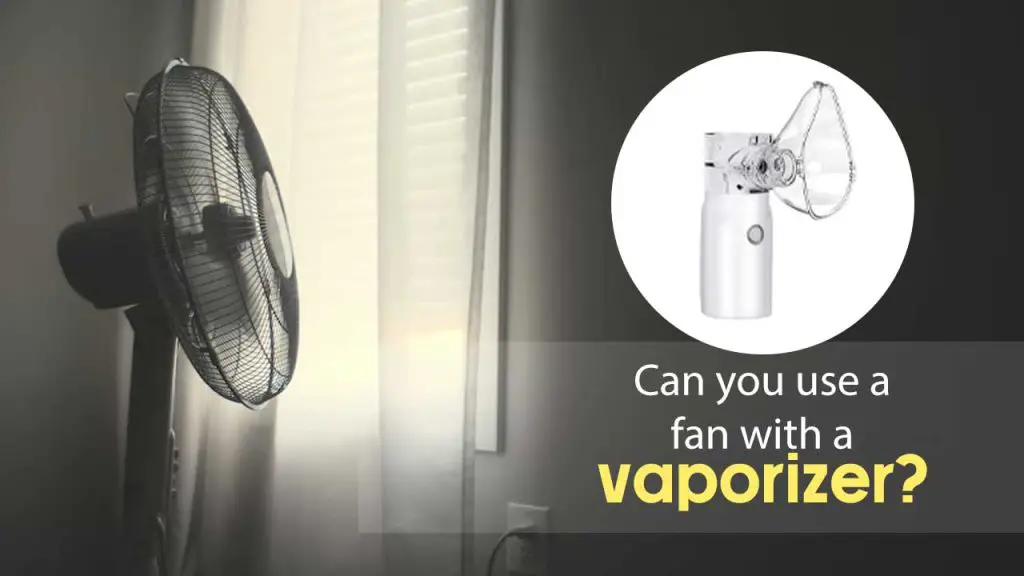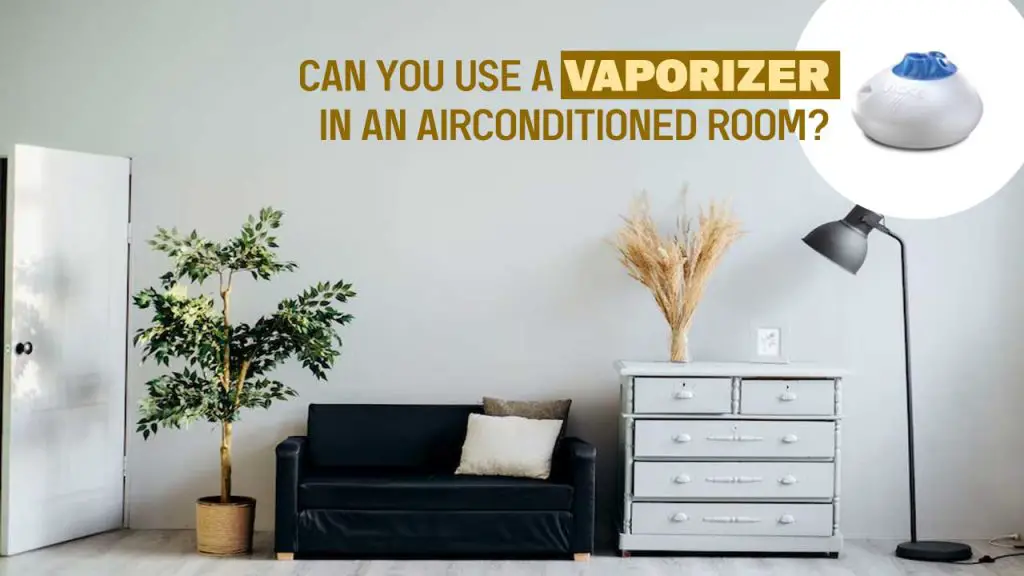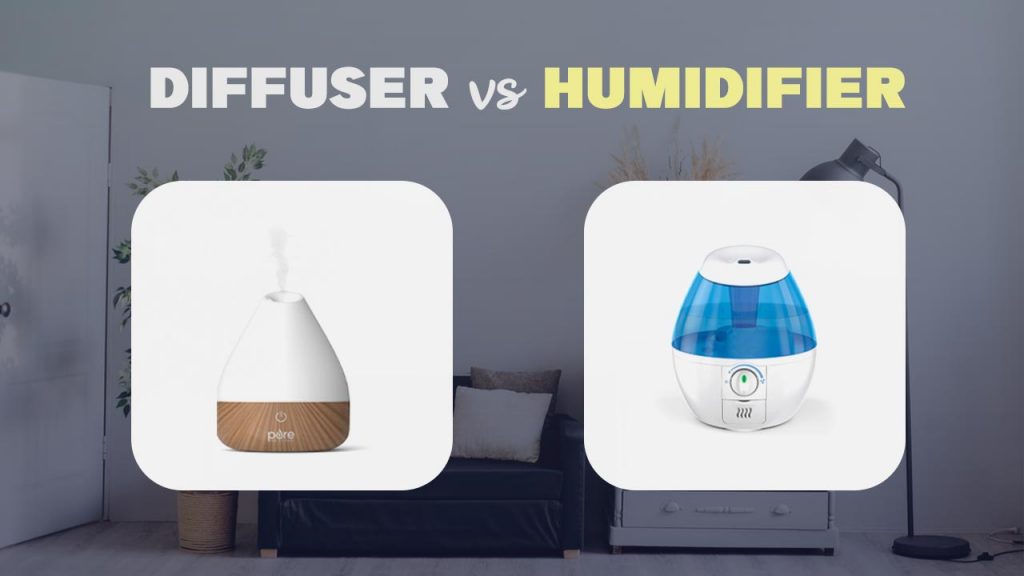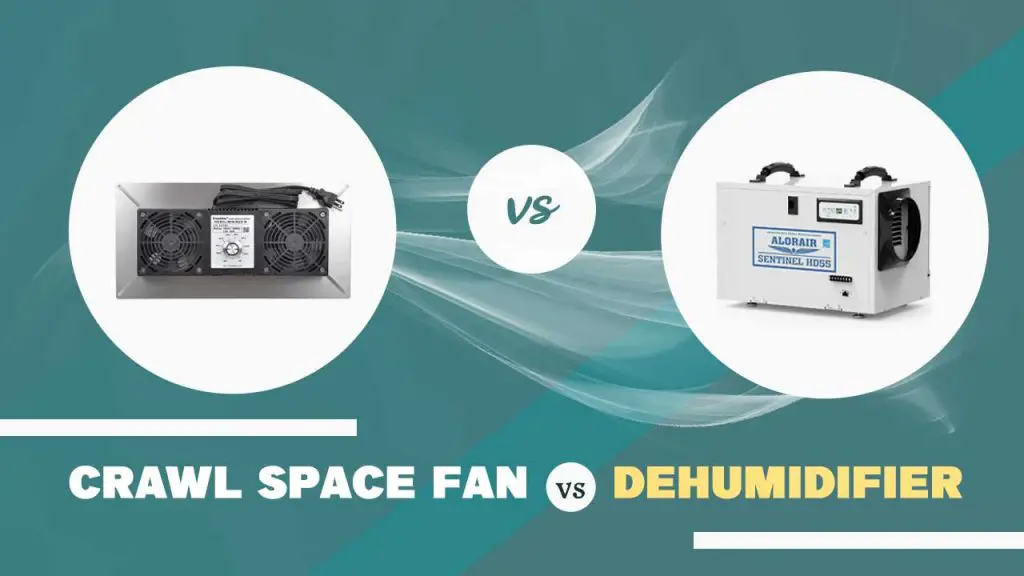Finding the right temperature balance in our homes is one thing that requires our full attention. Bad, polluted and contaminated air can lead to illnesses and diseases while excess indoor humidity may also support the growth of mildew, bacteria and spores which can cause certain respiratory diseases or skin conditions.
To address these issues, air exchangers and dehumidifiers are deployed, depending on what the situation is.
As we have often stressed, air exchangers exhaust stale indoor air through its vents and move them outside while sucking in fresh outdoor air to replace it.
On the other hand, a dehumidifier’s job is simply to reduce the moisture content in a room. But users have often wondered if air exchangers can do the job of a dehumidifier by reducing some of the moisture in the air.
If you’ve ever wondered as well, we’ll help to demystify the confusion and tell you all you need to know in this post.
Do Air Exchangers Dehumidify?
This would largely depend on temperature and weather. For instance, an air exchanger may be able to reduce humidity in your home during the winter when outdoor air is more likely to be drier and cooler.
By exhausting internal air and sucking in external air, it is logical to accept that a lot of the water vapor in the air is lost with it. However, this is only the case if there is less humidity outdoor than indoors.
Systems like Energy Recovery Ventilators (ERVs) and Heat Recovery Ventilators (HRVs), which are forms of air exchangers operate the same way with very slight differences.
They have a way of exchanging heat and moisture when the indoor and outdoor air go through the recovery core during the exchange.
This means that some heat and moisture may be preserved to preheat and moisturize incoming air, especially during the winter while the opposite is done during the summer (assuming the temperature indoor and outdoor are different).
There is also another way to look at this. Where you lack ventilation in your home and constantly produce heat in your kitchen, bathroom and through your heating appliances, your home is likely to become more humid.
By simply deploying an air exchanger, you’ll be dispelling the humid air and introducing fresher, drier air into your home.
This can save you from the dangers of excess humidity such as the emergence of bacteria, harmful microorganisms and spores which can trigger respiratory conditions like asthma.
Air Exchanger Vs Dehumidifier
An air exchanger is not a dehumidifier; it is important to clear the air on that. While it may possess some dehumidifying properties, it is not a traditional dehumidifier. In comparing both appliances, we’ll explore some similarities and differences, as follows;
Similarities
- They are both indoor appliances, installed inside the home to act on indoor air.
- Both the dehumidifier and air exchanger need to be powered by electricity.
- They are both available in different sizes and capacities.
- Both appliances also work with fans and vents for air control.
- They are both part of the home’s HVAC system and require scheduled maintenance for effective performance.
- More often than not, an air exchanger may be designed with a filter to prevent outdoor particles from coming into your home. A dehumidifier is also mostly built with a filter to clean up the air before it is released into the room.
Differences
- Function: The primary function of an air exchanger is more or less ventilation; to replace stale indoor air with fresh outdoor air. A dehumidifier is exactly what the name suggests; an appliance that reduces humidity.
- Operation: An exchanger works with indoor and outdoor air, pushing indoor air out and pulling outdoor air in. On the other hand, a dehumidifier works with only indoor air, passing it through its internal mechanism to remove its moisture content and release it back into the room as drier air.
- Dehumidification: Only certain types of air exchangers like a ventilating dehumidifier and an ERV may help to reduce some of the moisture content in your home all year round. An HRV may only do so during the winter or when you produce excess humidity inside your home. Meanwhile, a dehumidifier is designed to dehumidify.
- Installation: An air exchanger is often mounted on a wall or connected to a ducting system in your home, while a dehumidifier can be a table-top or floor unit.
- A dehumidifier continues to recycle indoor air while an air exchanger replaces indoor air over and over again.
- A dehumidifier is generally cheaper than an air exchanger, whether it’s an ERV or HRV system, and do not require that much installation costs.
Do You Need a Dehumidifier If You Have An HRV?
The answer is Yes, generally speaking. Just like we already stated, an HRV may not remove as much humidity as a dehumidifier. This is because a lot of heat and moisture exchanges take place depending on the season.
For high-end HRVs with temperature and humidity control, you may set it on low humidity exchange during the winter to prevent large amounts of moisture from mixing up with incoming air during the exchange.
Also, in situations where the outdoor climate is more humid than the indoor climate, an HRV may just be creating as many problems as you’re trying to resolve.
In cases like that, you’ll need a dehumidifier. It is equipped with an internal mechanism to remove moisture from existing air and release them back into the room as drier air.
There are also ventilating dehumidifiers that do the job of both the dehumidifier and a ventilator (air exchanger). So, an HRV is likely not going to do the job of a dehumidifier.
However, you may not be able to run them at the same time, but one after another. You can use an air exchanger first before using a dehumidifier or just get a good combo.
Top 3 Best Air Exchangers that Effectively Dehumidify
1. Tjernlund X2D Xchanger Reversible Basement Fans [Value for Money]
This Tjermlund X2D air exchanger fan is a uniquely designed product for Basements.
It is an energy-efficient system that uses up only 40 Watts of electricity but is able to not just expel stale indoor air in your basement, but effectively remove significant amounts of moisture caused by seasonal water issues, floor drains and other moisture problems associated with Basements.
It has a dehumidistat to control flow of humidity in and out. This appliance, once installed, will help to take care of your smelly, musty and stale basements by helping to introduce controlled ventilation into your basement.
This air exchanger is rugged and durable, with a strong outdoor hood to prevent damage by external factors. The screen is also very easy to remove and clean.
You can install through a wall or rim joist on a cutout of 5.25” x 12.25”. It is a reversible air exchanger with two 90 CFM fans that can either exhaust or supply air. You can also use this to keep your vacation home clean and fresh.
2. Tjernlund X2R Remote Mount Xchanger Reversible Basement Fan [Best Price]
The X2R is another amazing offering by Tjernlund.
It is a unique air exchanger that uses a reversible xchange fan technology.
The product is a wall-mounted unit with access to internal and external air in order to make the exchange possible.
But beyond exchanging stale, musty indoor air in your basement with fresher outdoor air on a continuous basis, this unit is also effective at keeping humidity in check.
When relative humidity attempts to go beyond 60%, you can be sure that you have an appliance that will dispel such humid air and replace it with drier air from outside.
Crawl spaces that are poorly ventilated or not ventilated at all can now get controlled ventilation with this appliance. The major difference between the X2D and this X2R is that the fan section may or may not be mounted remotely, depending on preference.
You can connect the outdoor hood to the fan section using a 6-inch insulated flexible duct. The two combined reversible fans make up 180 CFM and are powerful enough to aid fresher, less humid air in your home.
3. Fantech SH 704 Heat Recovery Ventilator (HRV) [Best Features]
This Fantech Heat Recovery Ventilator is fast growing to become a notable product in the world of air exchangers.
The SH 704 is a top-notch unit with the ability to deliver 56 CFM airflow.
It is powered by strong, durable fans that constantly supply fresh air into your home while dispelling stale, contaminated air outside.
The unit weighs 26 pounds and comes with a wall bracket for easy mounting. The stream for supply air is kept under 26° at all times, helping to also keep incoming air cooler, and dispelling warmer, humid air. This is why it is good for dehumidification.
This SH 704 HRV is a single-speed ventilator that does not require controls to function optimally. The box is compact and durable, and is built to custom.
The unit is able to sustain two bedrooms conveniently, so having two of these at two different spots in your home will do a pretty good job.
Final Words:
Life can be much more exciting and fun if we’re able to find comfort in our homes. If you live in a tightly sealed home with little or no ventilation, there’s something better than just leaving your windows open and allowing all kinds of air in.
Ventilation should be controlled with the use of an air exchanger. But beyond that, these air exchangers reviewed above are also able to reduce humidity and make your indoor air healthier and more comfortable.
| Photo | Title | Buy |
|---|---|---|

|
LEVOIT Air Purifier for Home & Bedroom - For Allergies and Pets Hair | Check Price On Amazon |

|
BREEZOME 60 OZ Quiet Dehumidifiers for Home, Dual-Semiconductor | Check Price On Amazon |

|
AquaOasis™ Cool Mist Quiet Ultrasonic Humidifier for Bedroom & Large room | Check Price On Amazon |

|
43.3'' Portable Air Conditioners, 3-IN-1 Evaporative Air Cooler w/Remote | Check Price On Amazon |

|
BlueDri BD-AS-550-BL Negative Machine Airbourne Cleaner HEPA Air Scrubber | Check Price On Amazon |

|
Space Heater, VCK 24" 12ft/s Fast Quiet Heating Portable Electric Heater | Check Price On Amazon |
